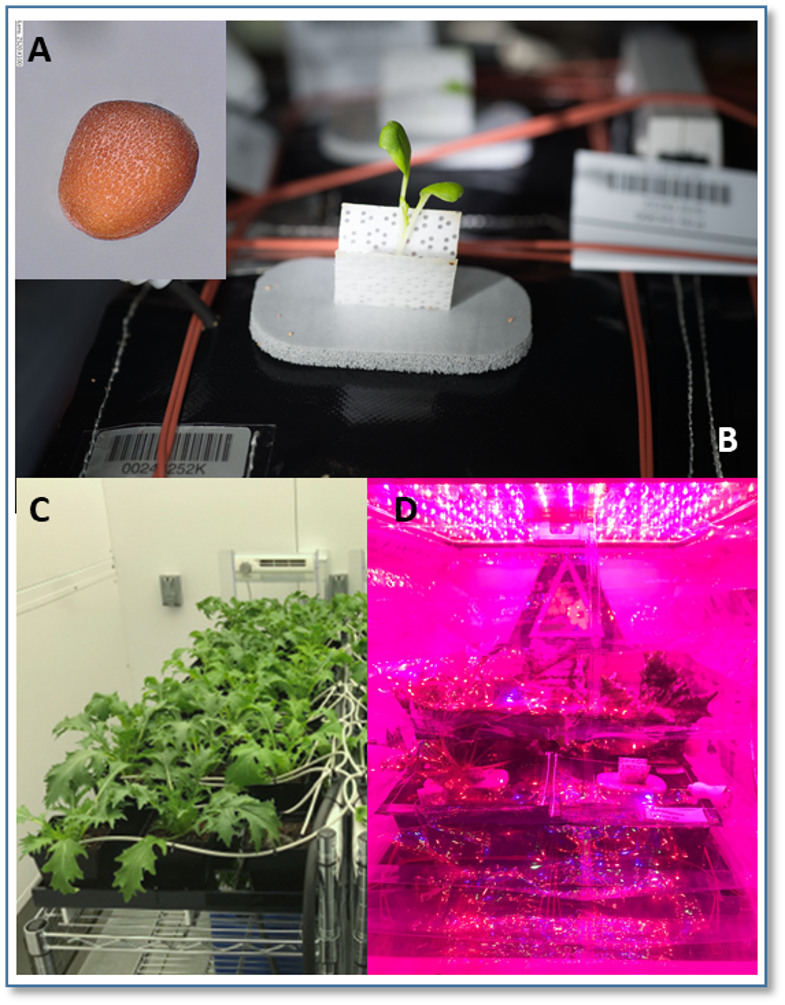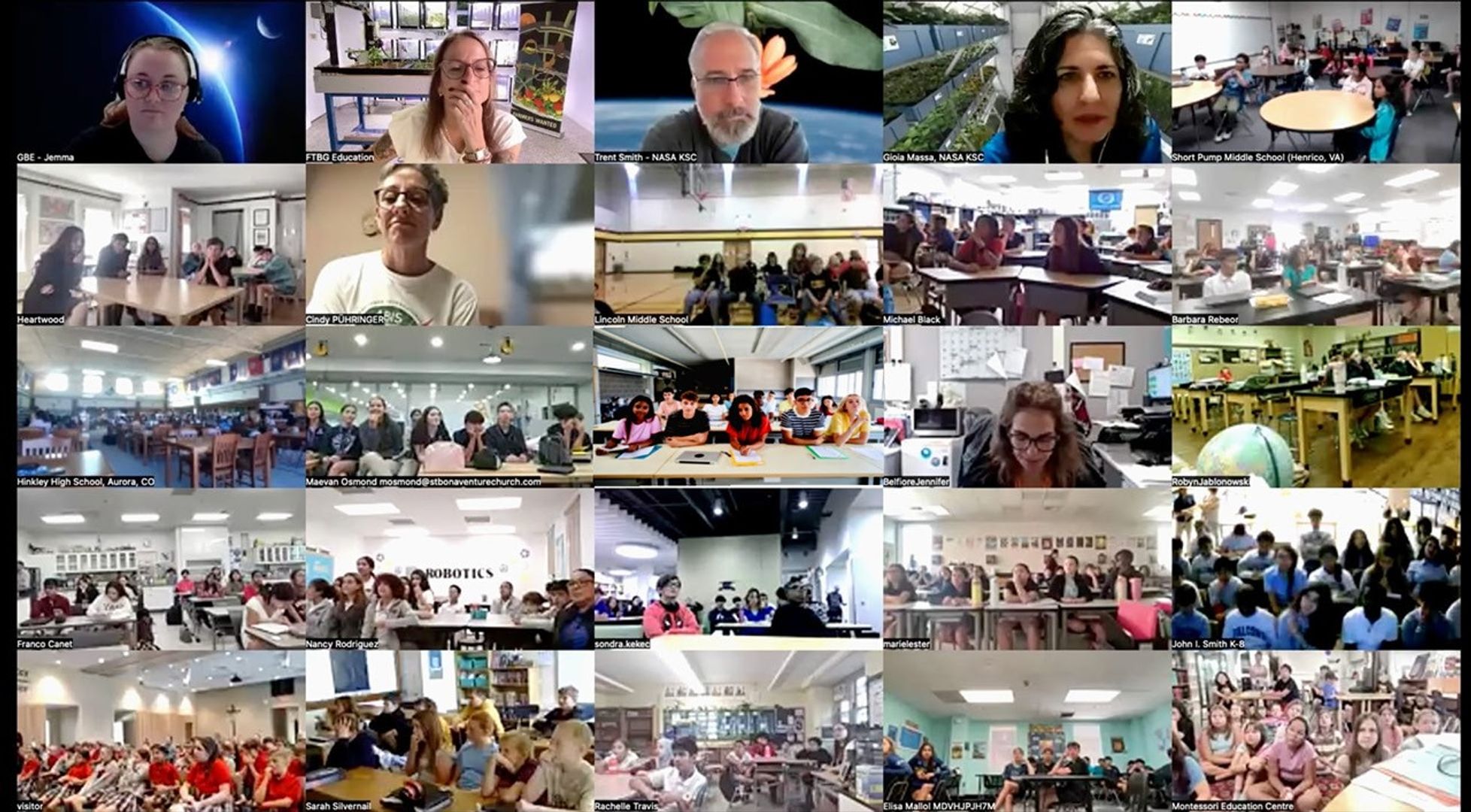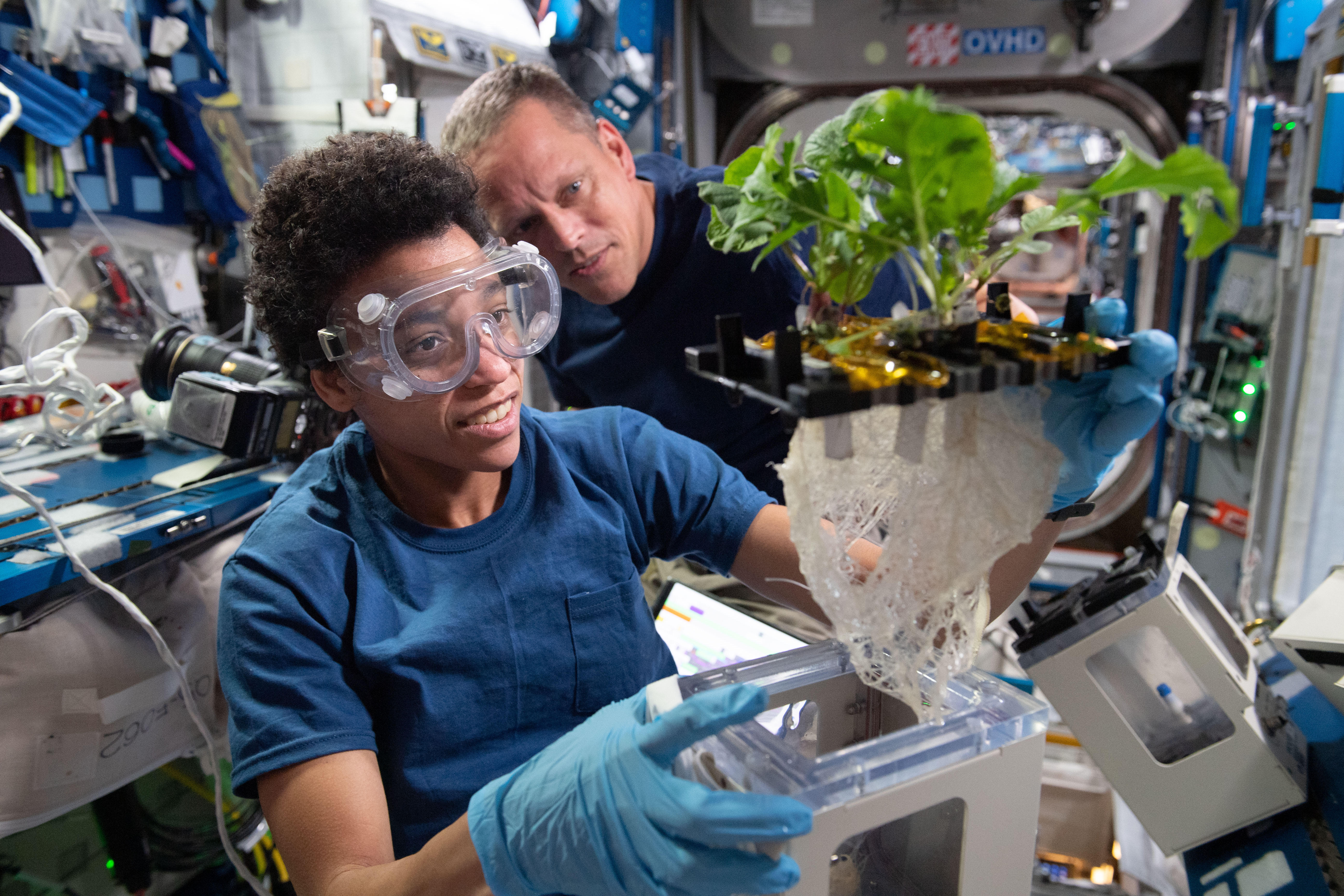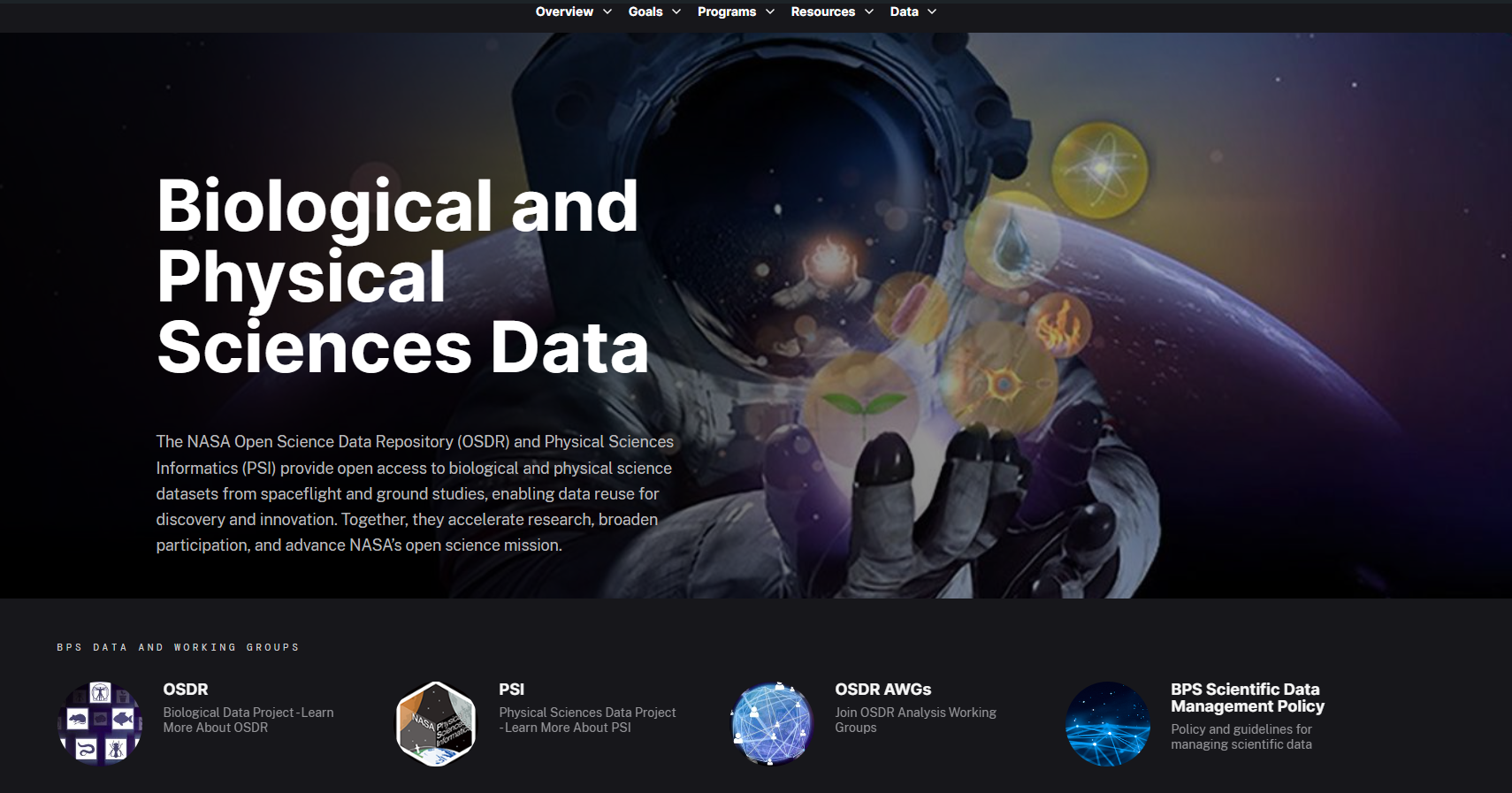After 908 days in low Earth orbit, a small package on board the X-37B Orbital Test Vehicle-6 has come home to the delight of some biological scientists. Soon they will open an aluminum alloy container that holds samples of plant seeds that they hope can be used to sustain astronauts on long duration missions to the Moon, Mars, and beyond.
Officially, it is known as a SEER experiment, short for Space Environment Exposure Research, a pathfinder mission supported by NASA’s Biological and Physical Sciences Division (BPS) in collaboration with the US Air Force.
Unofficially, they’re referred to as the “Thrive in Space” experiments – a way to underscore the stepping-stone research that scientists are undertaking to help advance their fundamental understanding of what it takes to grow and protect plants beyond our planet.
Space Biology Scientists Dr. Ye Zhang and Dr. Howard Levine, with NASA’s BPS Division, will advise a team of researchers who will begin to study these seeds shortly after their arrival.
Q: What kinds of plant seeds did you send into orbit?
Zhang: “We chose seeds from 12 plant species or subspecies, including thale cress and purple false brome, which will serve as model organisms. For crops, there were seeds from mizuna mustard, pak choi, lettuce, tomato, radish, chili pepper, Swiss chard, onions, dwarf rice, dwarf wheat, and cucumber.”
Q: Many of those plant seeds have already been germinated, grown, and studied on board the International Space Station. What new information are you trying to get from this mission?
Zhang: “We want to see what happens to these seeds after they’re exposed to a variety of space radiation over a long period of time. As a basis of comparison, we’ve examined how seeds react to high levels of radiation; we’ve conducted a number of seed experiments at Brookhaven National Laboratory where we’ve observed how they change behaviors as a result of being subjected to controlled radiation exposure. And, we’ve seen how they react to a lower radiation dose for a limited time on board the space station. But we’ve never subjected them to the multiple types of space radiation bombardment that you’ll find in space over a long period of time. Remember, when we have a round trip to Mars, we’ll be traveling for two or maybe three years, so we want to determine how long these seeds can be stored and still be viable.”
Q: What are the challenges to growing Is crops in space?
Levine: “The biggest challenge is the room you need to grow these edibles. Just to give you a general number, it would take about 50 square meters of soil to provide enough food for one person. So, as we transport our crew members to Mars, the plants we grow will provide them with a token amount of their nutritional needs. That said, there’s an often overlooked or minimized aspect to growing plants in space and that’s the psychological benefit to our crew members; they’ve often told us when they’re able to take care of the plants on board the space station, they really appreciate it as gives them a remembrance of what it’s like on Earth.
Also remember, you don’t just grow plants for food: They also suck up carbon dioxide which we normally have to do by chemical means. Plants purify the water that’s passed through them. Oh, and by the way, they also produce oxygen.”
Q: Are there any potential benefits from your experiments that could benefit current horticultural methods on Earth?
Levine: “We’re now in what we call the ‘omics’ era, where we look at how genes are differentially expressed under microgravity conditions and eventually under partial gravity. We’re learning about which genes are turned on more, or less, or the same amount as they are on Earth. And all that has great implications for the metabolism and physiology of the plants. That can be very enlightening for horticultural applications on Earth.”
Q: To sum up, what are the top things you’d like researchers to know about your seed radiation experiments?
Zhang: “First, we’re working on deep-space crop production capabilities, and that includes testing space exposure impact. Second, we may be able to share some of these seeds with the science community. Certainly, the data we collect from our experiments will be transparent for anyone to see. But, in certain circumstances, I’m hoping we’ll be able to share the actual seeds with other researchers to further our knowledge about growing seeds in inhospitable or extreme conditions.”
Levine: “Once the seeds return, there are three primary areas we’ll want to explore. First is germination; the beginning of growth. We want to know if there’s a reduced germination percentage of the seeds that have spent many long months being bombarded with higher levels of radiation compared to our ground control experiments. Next is the morphology – the seed’s form and structure. Once we get seedlings, we want to see how they differ from the ground control group. We’ve already radiated seeds at our Brookhaven National Laboratory in Long Island and have seen a number that developed mutations, so we’ll be looking for that from our seeds exposed to spaceflight conditions for a prolonged interval. Third, we’ll be conducting ‘omics’ analyses of the seedling tissues obtained from the germinated seeds, to see which plant genes may have been under expressed or overexpressed.”
Planning for Future Missions
When this small container of seeds returns, the first SEER experiment will increase our knowledge about the impact of space radiation, one of the major risks associated with crop production. By developing ways to mitigate this risk, scientists will enable plants to “Thrive in Space”, a critical undertaking for the success of future interplanetary missions and establishing permanently inhabited bases.
Stay informed on other exciting BPS research initiatives at: https://science.nasa.gov/biological-physical


































